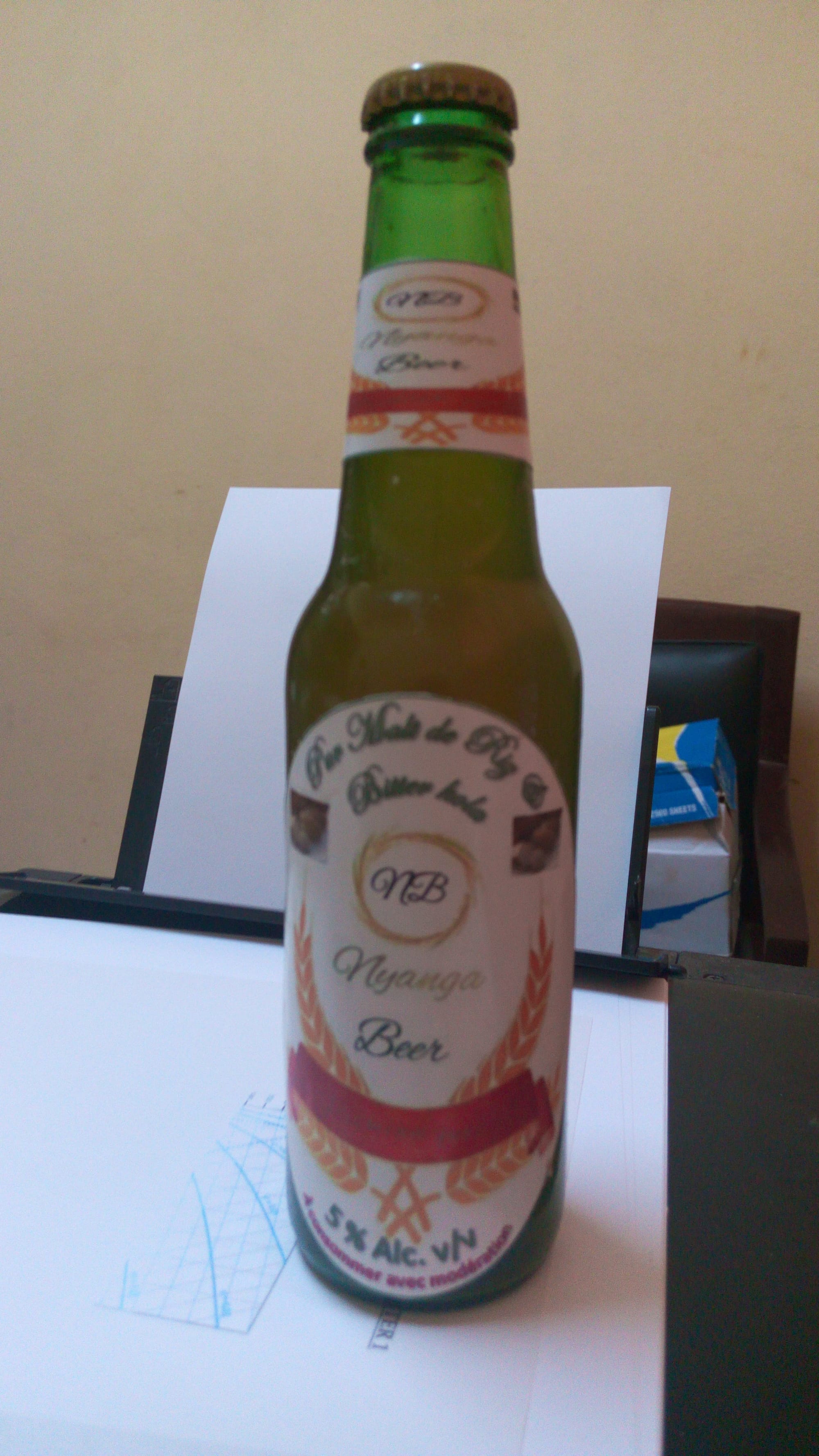Comparison of the mashing and brewing potentials of crude extracts of Abrus precatorius, Burnatia enneandra and Cadaba farinosa (2013)

Abstract: The mashing and brewing potentials of crude extracts of three plants commonly used in Northern Cameroon to make starch gruels sweet were assessed using sorghum cultivar Safrari as an adjunct. Alpha-amylase activities of the extracts fluctuated between 18 and 122 U/g, while the diastatic power and the β-carboxypeptidase activities ranged between 83 and 123 WK, and 16 and 63 mg FAN/min/μL, respectively. A longer mashing time (180 min) was necessary to obtain higher yields of extracts. Extract obtained was 18.7 °P for malted Safrari, 14.6 °P for malted barley, and 9.5, 13.5 and 11.4 °P after mashing Safrari adjuncts with extracts from Abrus precatorius, Burnatia enneandra and Cadaba farinosa, respectively. Similar levels of reducing sugars ranging between 60 and 65 g/L were obtained when mashing was carried out using A. precatorius, B. enneandra and crude extracts, but about 50 g/L were obtained for C. farinosa. Free amino nitrogen fluctuated between 56 and 72 mg/L for C. farinose and B. enneandra, respectively, but was as low as 17 mg/L for A. precatorius. Fermentability was low for the worts obtained after mashing Safrari adjuncts using the extracts of the three plants, as compared to the worts of malted sorghum cultivar Safrari and barley.


